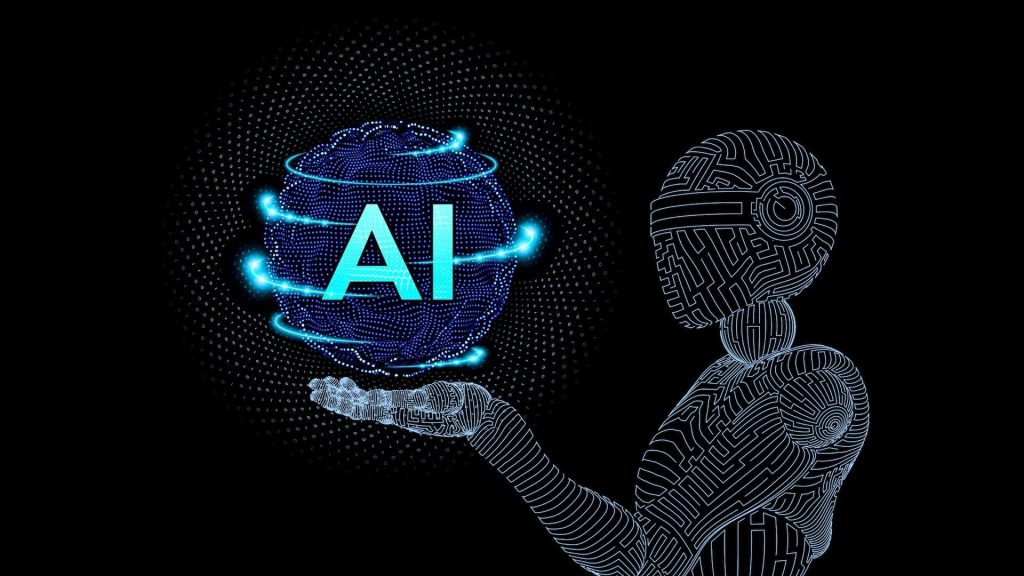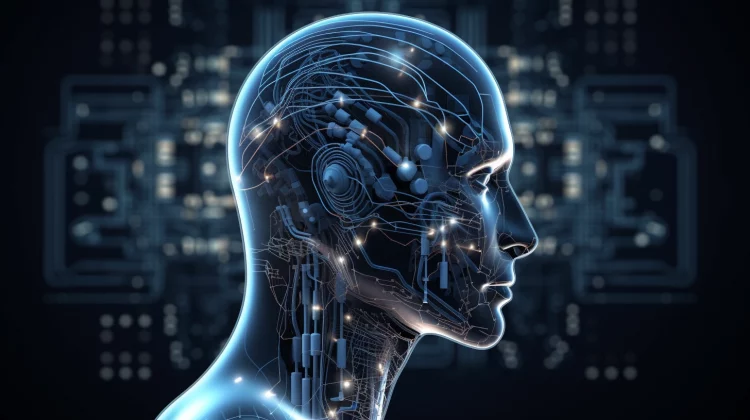Introduction: A New Paradigm in AI
The concept of “world models” has emerged as a revolutionary idea in the realm of artificial intelligence. Drawing inspiration from the innate cognitive frameworks that humans develop to understand the world, world models encapsulate our sensory experiences into cohesive representations that help us predict and navigate reality. This notion is not just a theoretical construct; it embodies a promise of transforming AI into systems that can comprehend and interact with the world in increasingly sophisticated ways.
Understanding World Models
At its core, a world model is a cognitive simulation that allows AI to make sense of complex realities. The idea can be traced back to the mental models humans use to interpret their experiences—a kind of mental map that influences our perceptions and decisions. Researchers like David Ha and Jürgen Schmidhuber have illustrated this concept with the example of a baseball player. In the split second between perceiving a pitch and swinging the bat, athletes rely on their internalized models of the world to anticipate where the ball will be, demonstrating an intuitive understanding that can surpass conscious thought.
This profound capacity for subconscious reasoning—rooted in our world models—ushers in discussions about the potential for these models to enable machine intelligence that rivals human capabilities.
Applications of World Models
Recently, world models have gained traction primarily due to their applications in generative video technology. Traditional AI systems face challenges such as the “uncanny valley,” where generative outputs diverge grotesquely from reality, causing a disconnect for viewers. Where traditional generative models may predict actions, they often lack an internal understanding of the underlying physics that govern those actions. A world model, in contrast, integrates physical principles to create more realistic simulations.
For example, Alex Mashrabov, former AI Director at Snap and now CEO of Higgsfield, highlights that viewers anticipate a coherent representation of reality. An AI with a robust world model would not need to be explicitly programmed to simulate each object’s behavior; it would instinctively understand how objects interact within its generated world.
However, the potential of world models extends far beyond just video generation. Researchers—such as Yann LeCun from Meta—envision world models playing crucial roles in both digital and physical domains, enhancing planning and prediction capabilities. During a recent talk, LeCun explained how a model could derive sequences of actions to achieve a goal based on a basic understanding of its environment.

Technical Challenges Ahead
Despite the excitement surrounding world models, significant technical hurdles remain. Constructing and operating these models demand far greater computational power than current generative models. While some AI systems can operate on modern smartphones, early examples like Sora—an initial iteration of a world model—require thousands of GPUs for training and execution.
Moreover, like all AI systems, world models can experience “hallucinations,” misrepresenting the data they have absorbed during training. For instance, a world model trained primarily on videos of sunny European cities might falter in accurately depicting snowy landscapes in South Korea. Mashrabov notes that inadequate diversity in training data can exacerbate these shortcomings.
Cristóbal Valenzuela, CEO of AI startup Runway, echoed this sentiment, stating that current models struggle to accurately capture the behaviors of biological entities. Ensuring models can generate consistent environmental maps and navigate interactions within these realms remains an ongoing challenge.
Bridging AI and Reality
Should these technical hurdles be overcome, Mashrabov posits that world models could forge a more stable connection between AI and the real world, impacting not only virtual worlds but also robotics and AI decision-making. This could lead to the realization of more capable robots, which today operate with limited awareness of their surroundings.
Advanced world models would grant AI systems an understanding of their contexts, allowing them to infer potential solutions in real-time scenarios. By providing a framework for understanding the intricacies of three-dimensional physical environments, world models are poised to play a pivotal role in the evolution of embodied intelligence.
Conclusion: The Future of AI with World Models
As we explore the uncharted territory of world models, it is crucial to recognize their potential to enhance artificial intelligence’s understanding of reality. While challenges abound, the research and innovations surrounding these models herald a future where AI can interact with the world more human-like. The journey toward fully realized world models is still in its infancy, yet the implications for both AI development and our understanding of intelligence are profound.


















































Discussion about this post